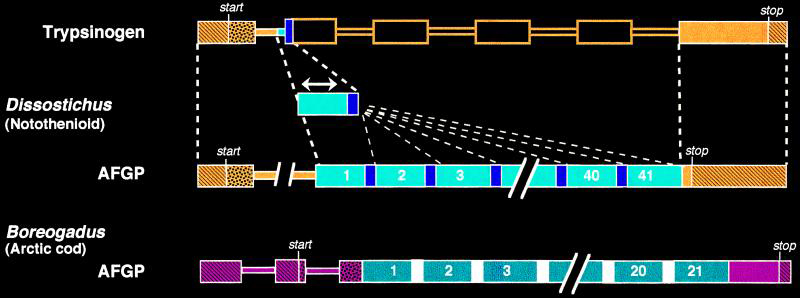Dr. Mike Kuiper, a biomodeler at CSIRO’s Data61 explains how antifreeze proteins work in a metaverse compatible virtual reality environment enabled by Nanome. These ice structuring proteins, is a basis of survival for organisms evolved to live in very cold environments with temperatures below the freezing point of water. Essentially, these proteins can bind to the surface of ice crystals and create a surface effect leading to freezing-point depression. Bacteria, insects, fishes and many more organisms from different evolutionary backgrounds developed adaptations through evolution of antifreeze glycoproteins (AFGPs).
For instance, the Antarctic icefish (Dissostichus mawsoni) and the Arctic northern cods (Boreogadus saida) are evolutionarily and geographically distant species. Convergently, both evolved genes coding very similar AFGPs. In an HHMI documentary titled Birth and Death of Genes, we learn how this extraordinary character began evolving 34 million years ago by gene duplication in the pancreatic trypsinogen gene. The end of the first intron and beginning of the second exon in the gene has tandemly duplicated 41 times and resulted in the antifreeze glycoprotein (AFGP). The ancestral trypsinogen gene lost four of its exons in the middle but retained the first and last ones. The last exon later fused with tandemly duplicated introns and became a single exon through a frameshift mutation. Thus evolved the bi-exonic icefish AFGP.
Nanome is a company specialized in collaborative structure-based design through virtual reality.



1 Comment
Hi Mike,
Great presentation.
Best, Ido.